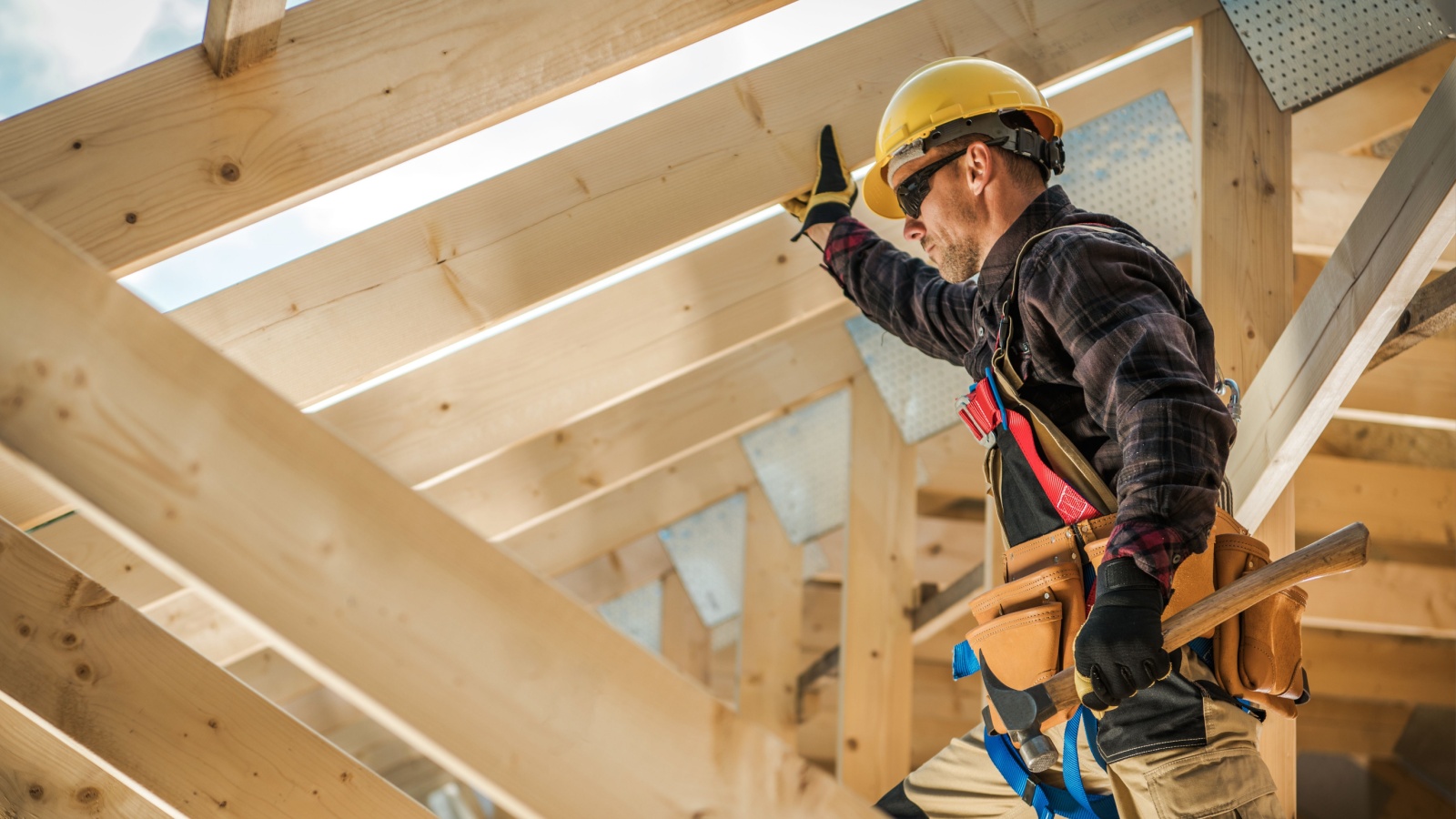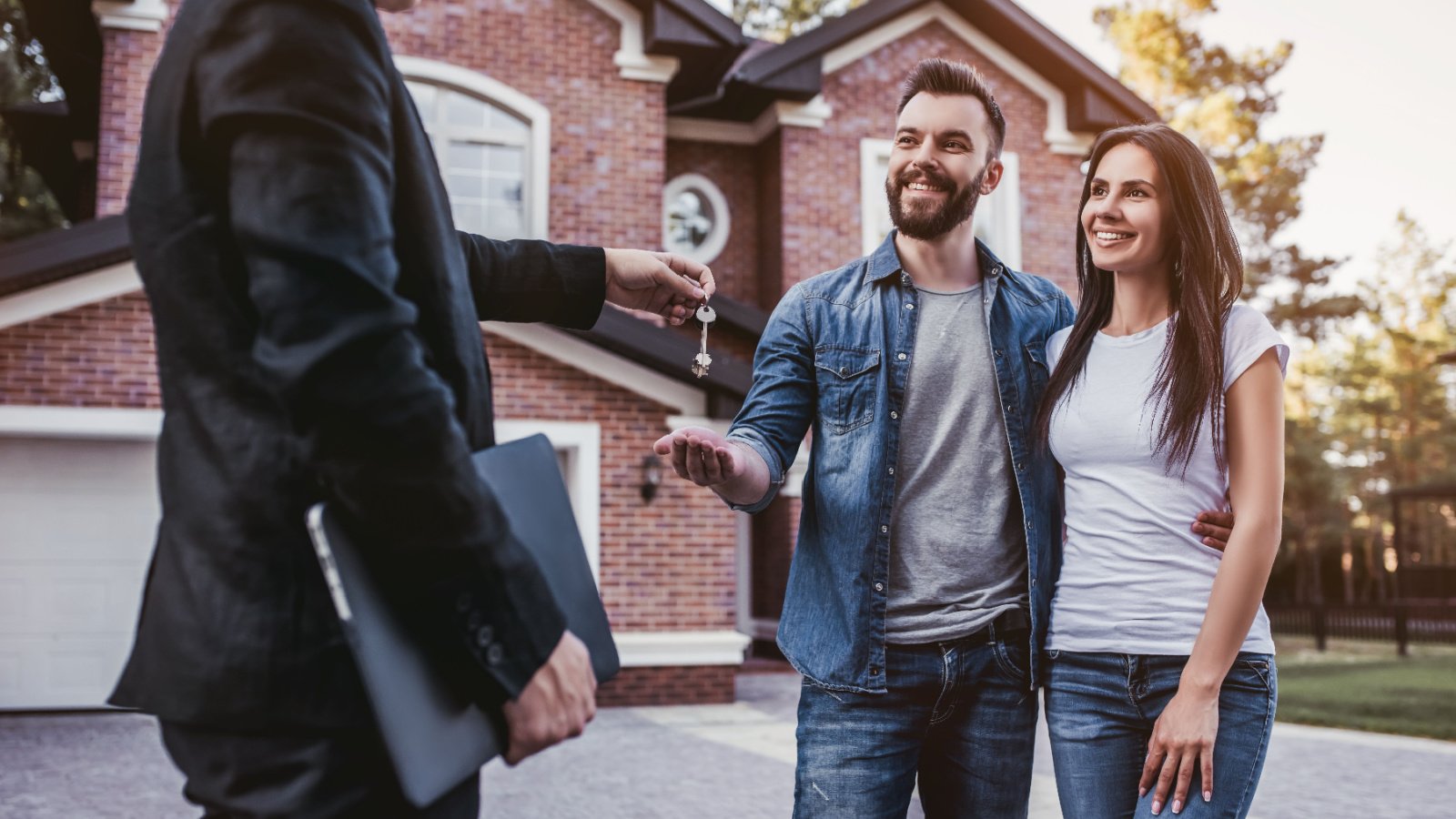Renovating your home can be exciting. Yet, not all upgrades are created equal when it comes to increasing your home’s value. Some renovations might not be worth the investment, warns Dawson Property Management Specialists.
Built-In Electronics

Surround sound systems and home theaters are quickly becoming obsolete due to rapid technological advancements. These features can significantly increase the cost of renovations without adding equivalent value. Portable and upgradable tech solutions are favored in today’s market.
Over-the-Top Landscaping

While curb appeal is crucial, overly complex landscaping can intimidate potential buyers wary of maintenance. Simplistic, elegant landscaping designs offer better returns by enhancing appeal without adding perceived labor. It’s about finding the right balance between charm and upkeep.
High-Maintenance Pools

In cooler climates, the short pool season detracts from their appeal. They no longer guarantee a significant increase in property value and can even be a deal-breaker for some buyers interested in low-maintenance lifestyles.
Wall-to-Wall Carpeting

Once a staple in every home, wall-to-wall carpeting has lost its appeal. Modern homeowners prefer hardwood or laminate floors for their ease of cleaning and sleek look. Investing in carpeting throughout can deter future buyers who view it as a dust trap and outdated.
Whirlpool Bathtubs
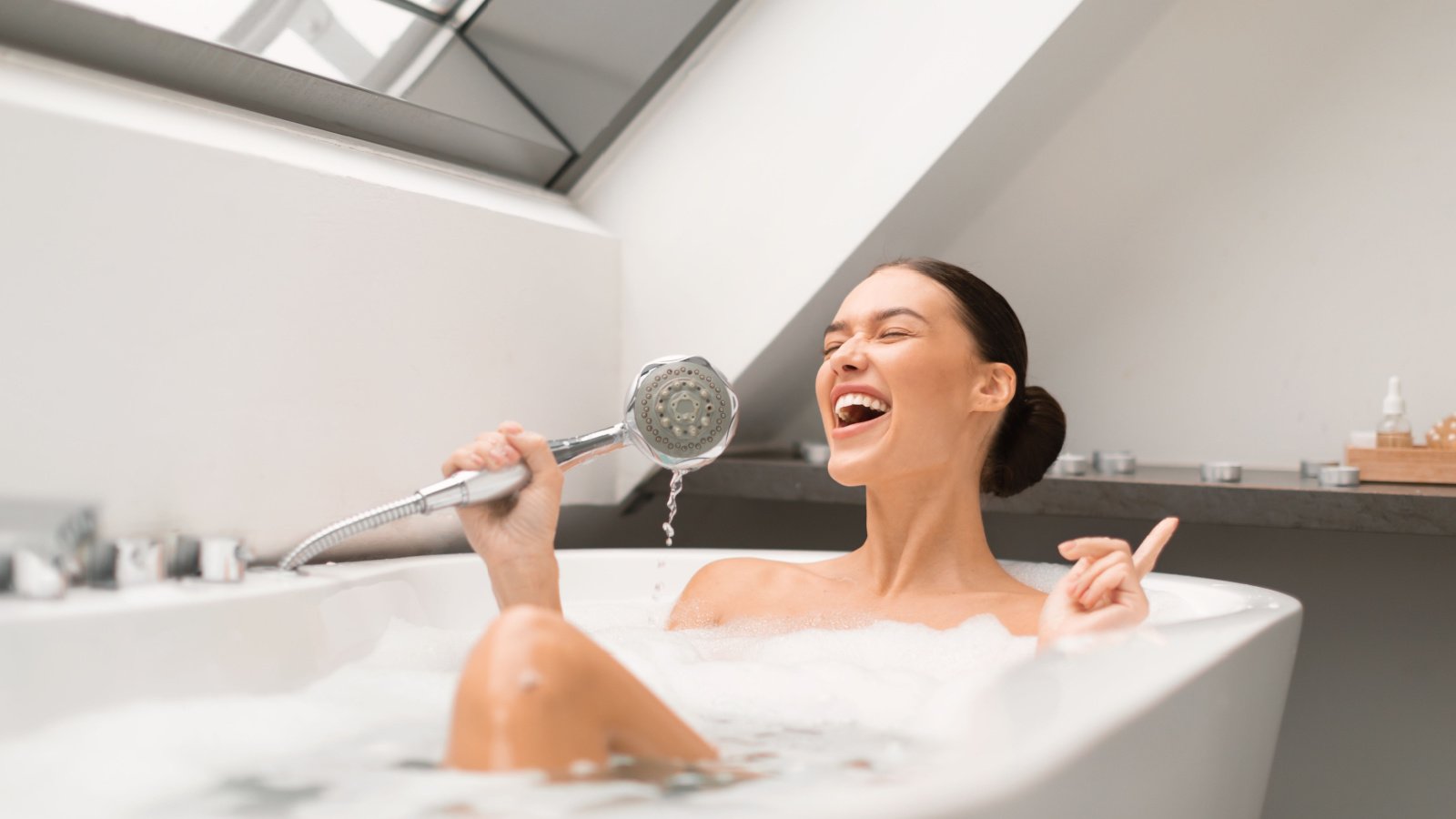
Many now view whirlpool bathtubs as unnecessary space hogs. They require significant upkeep and contribute to higher energy bills. Today’s buyers lean towards spacious, multi-functional showers, making whirlpools a less lucrative renovation.
Gaudy Gold Fixtures

Gold fixtures can make spaces feel dated and tacky. The trend has shifted towards brushed nickel and stainless steel for a more contemporary aesthetic. Replacing gold fixtures doesn’t yield the return it once did, as preferences have evolved.
Intricate Wallpaper
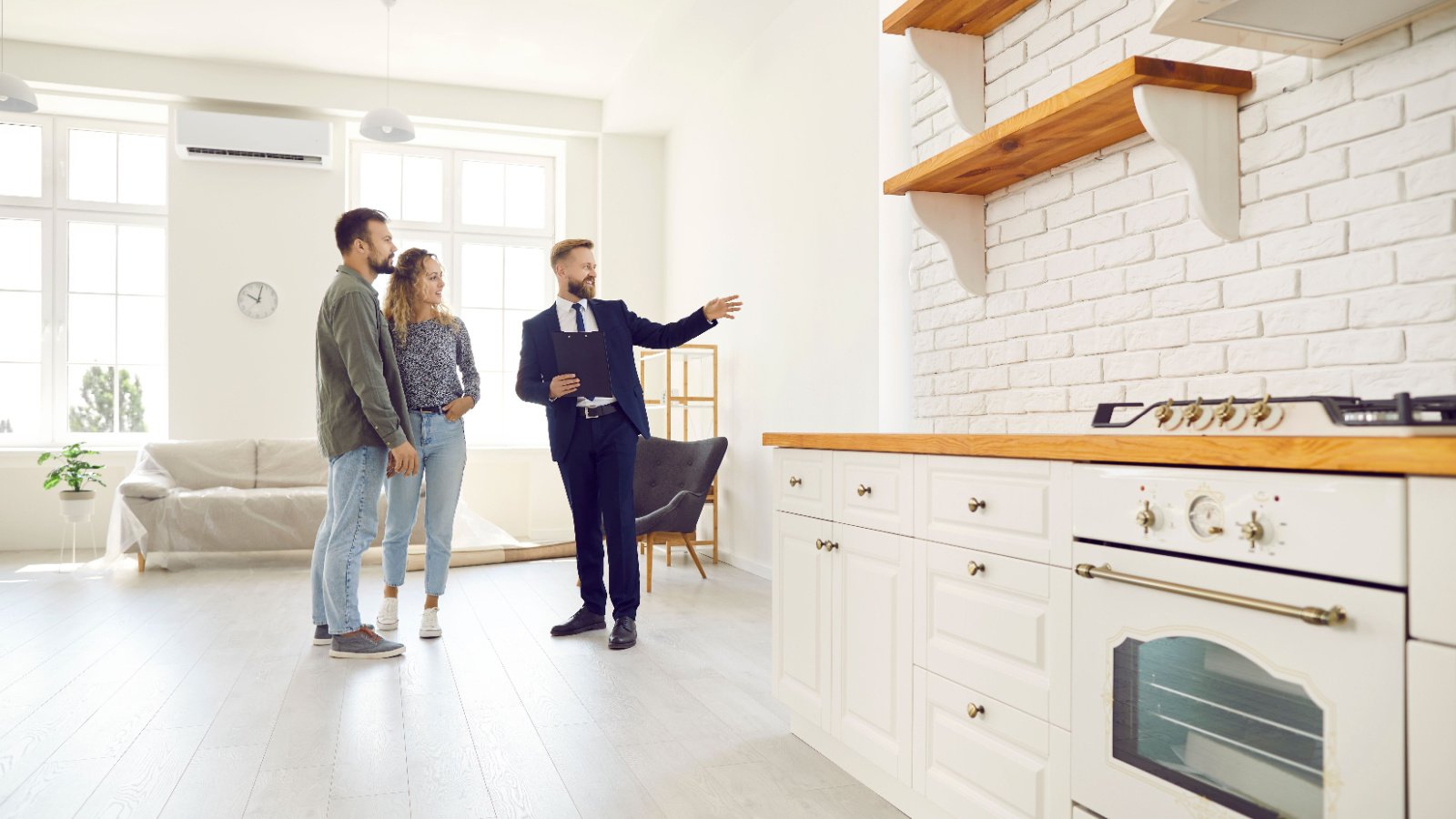
Bold patterned walls can be overly personal and off-putting to potential buyers. It’s a renovation that often ends up being replaced upon sale, making it a poor investment. Neutral paints offer a safer, more universally appealing option.
Popcorn Ceilings
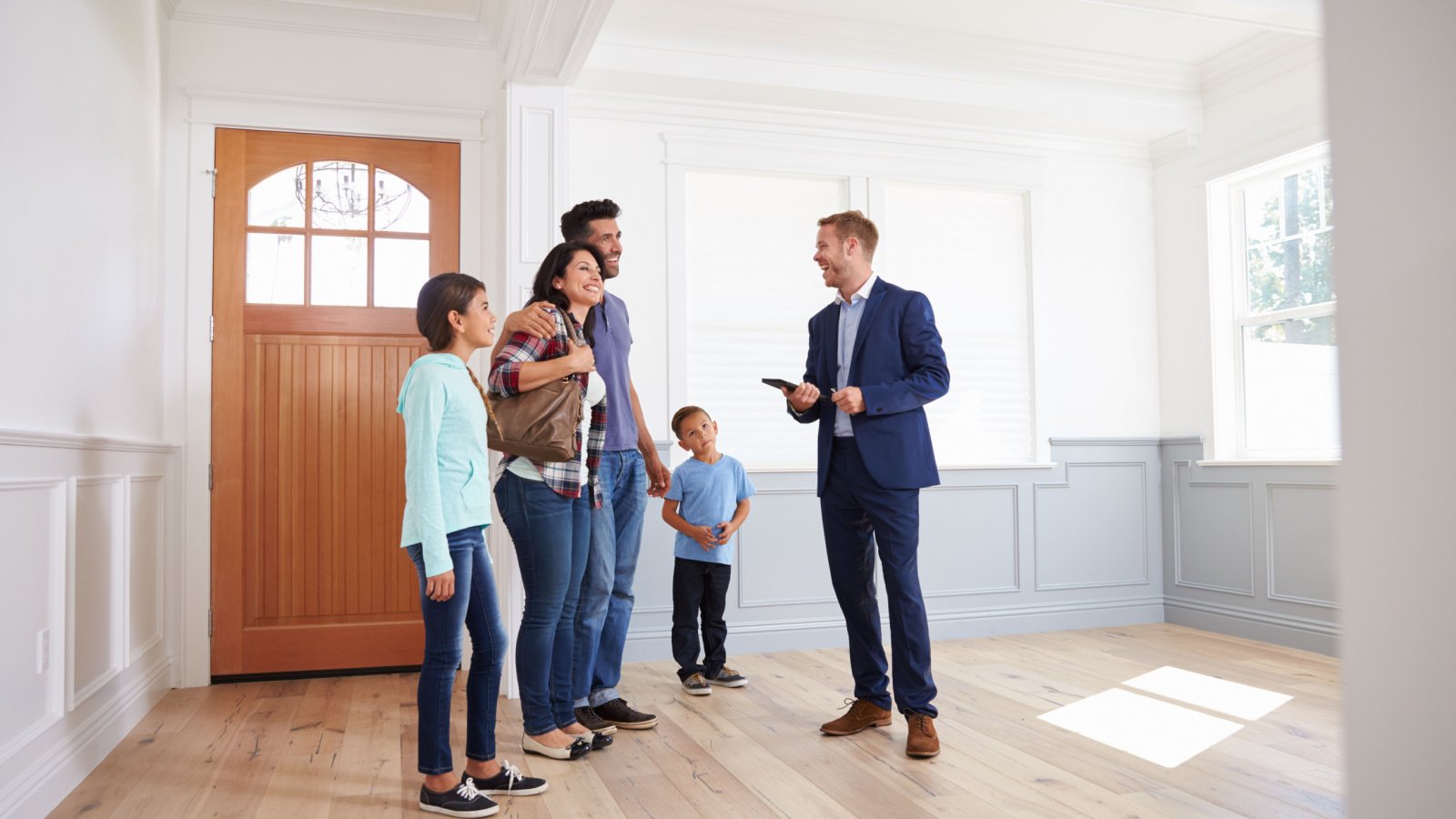
Once popular for noise reduction and hiding imperfections, popcorn ceilings are now a removal project for most new homeowners. They make spaces feel dated and can even contain asbestos. Eliminating them before the sale is wise, but installing them is not a good investment.
Closed Floor Plans
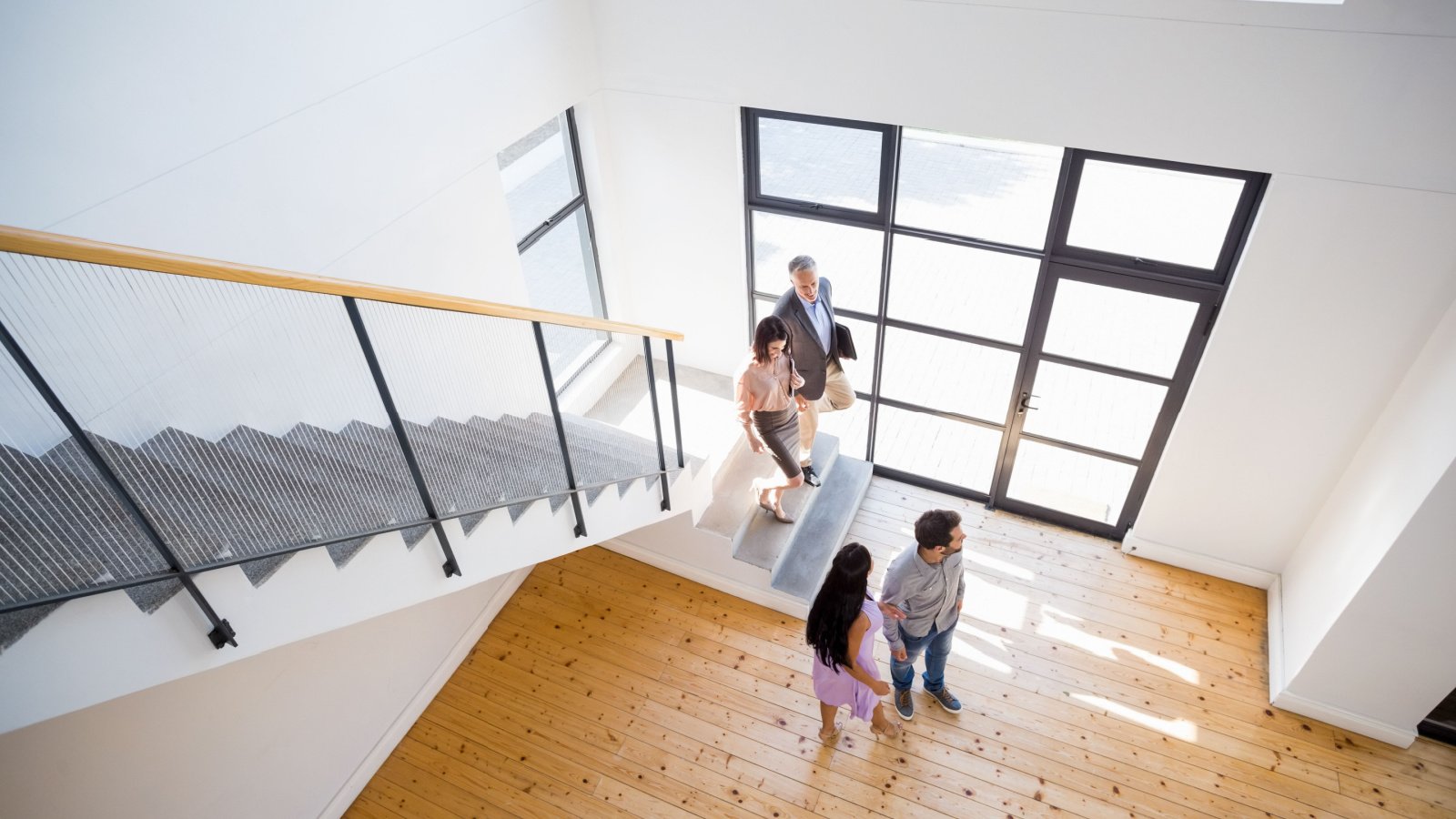
The once-coveted cozy nooks and separate rooms are losing ground to open-concept living spaces. Knocking down walls may not pay off if it means losing functionality or charm in historic homes. The trend leans towards light, airy spaces that foster social interaction.
Excessive Wallpaper Borders
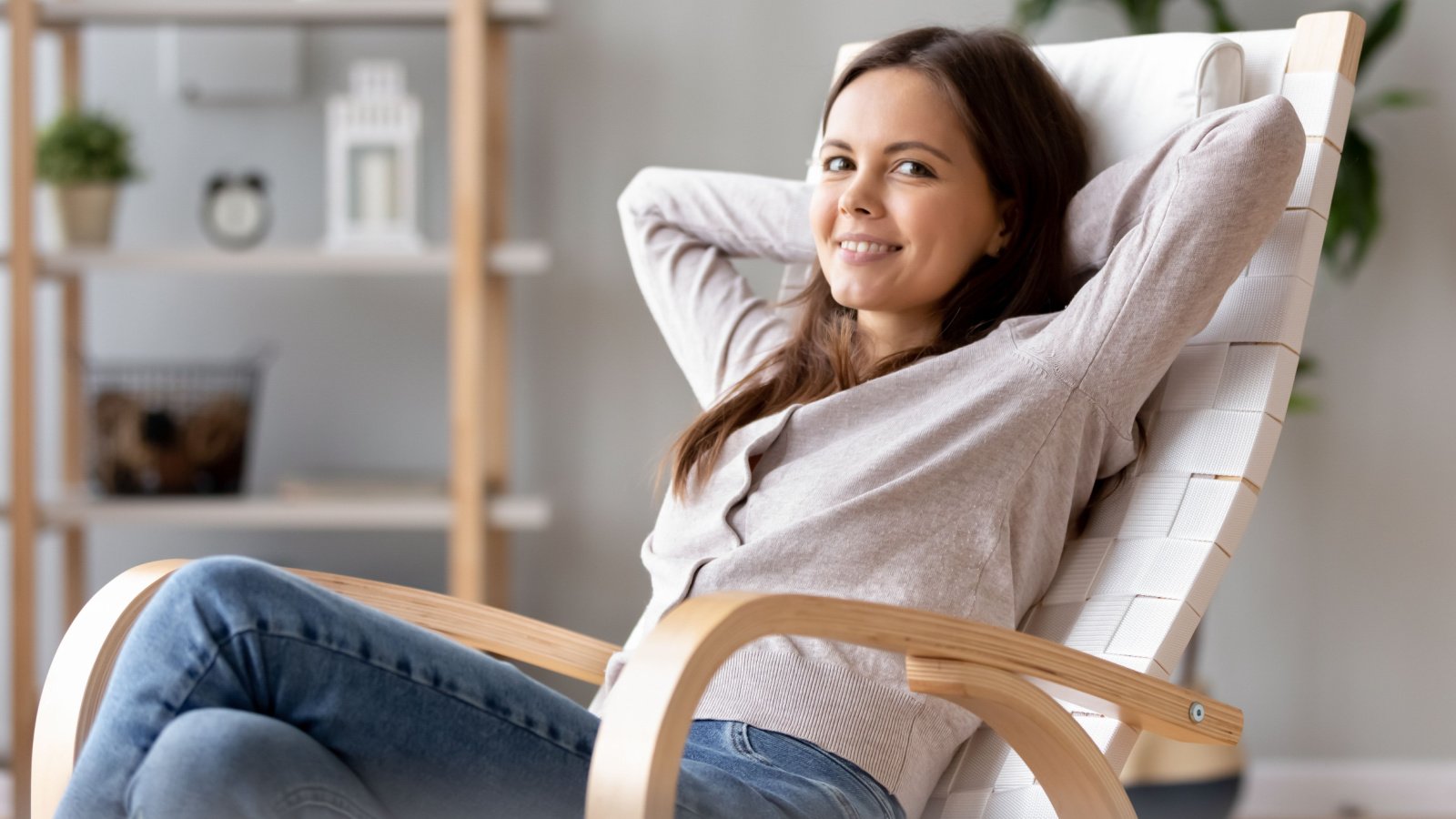
Wallpaper borders are now seen as outdated and often tacky. Removing them is usually one of the first steps in modernizing a space. Investing in this renovation can make your home harder to sell.
Sunrooms

Sunrooms are seen as luxury additions that not all buyers are willing to pay extra for. Focusing on renovations that improve energy efficiency or overall square footage might offer better returns.
DIY Quality Finishes

Poorly executed projects can decrease your home’s market value. Professional finishes are key in renovations that pay off. Buyers can easily spot the difference, making some DIY updates a detriment rather than a selling point.
Converted Garages
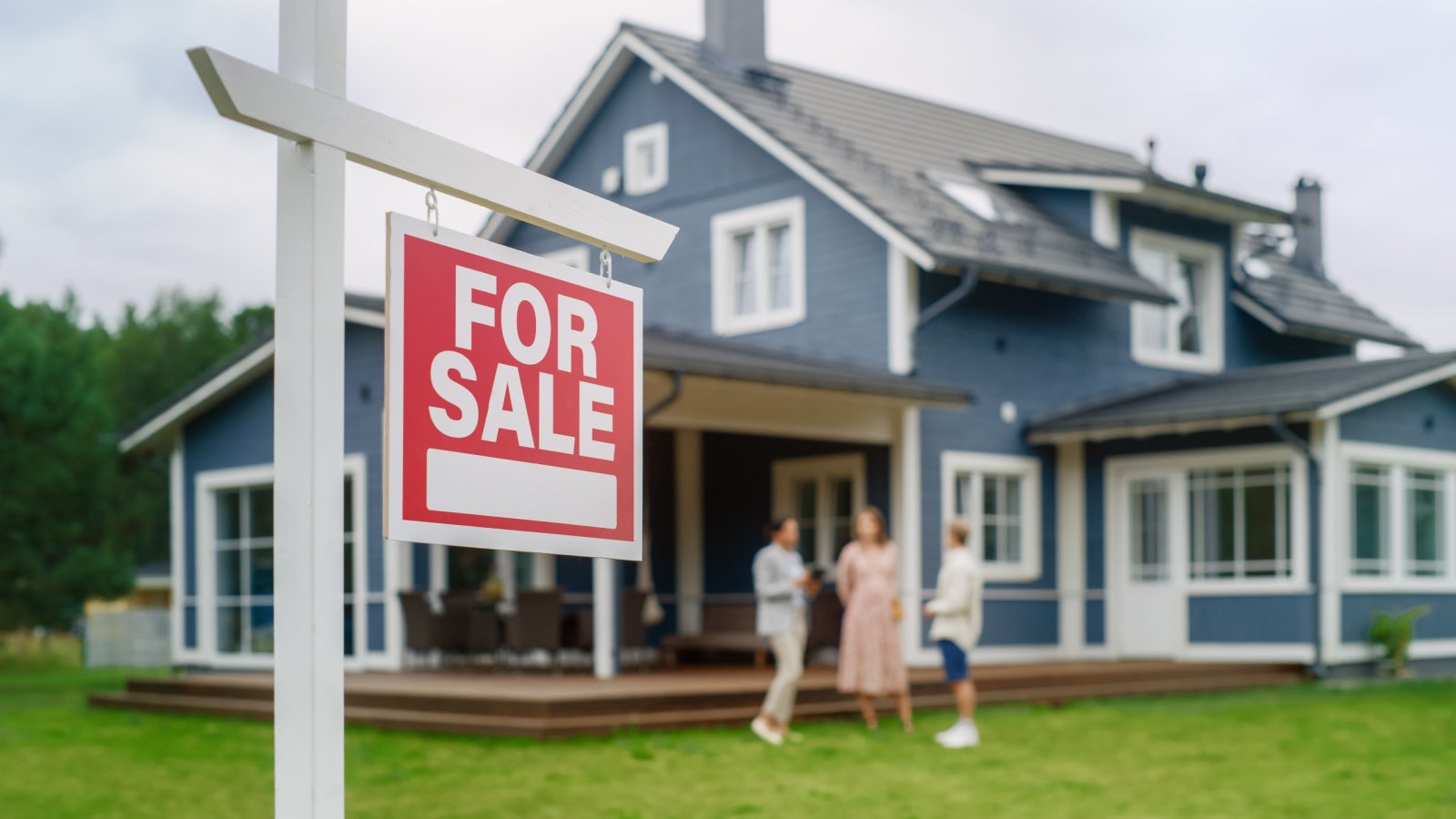
An additional living space can seem like a clever use of square footage, but many buyers prefer a garage for its intended purpose. This renovation can actually lower your home’s appeal to buyers who value storage and parking space. Restoring a converted garage might be necessary to attract a wider pool of buyers.
Extravagant Lighting Fixtures
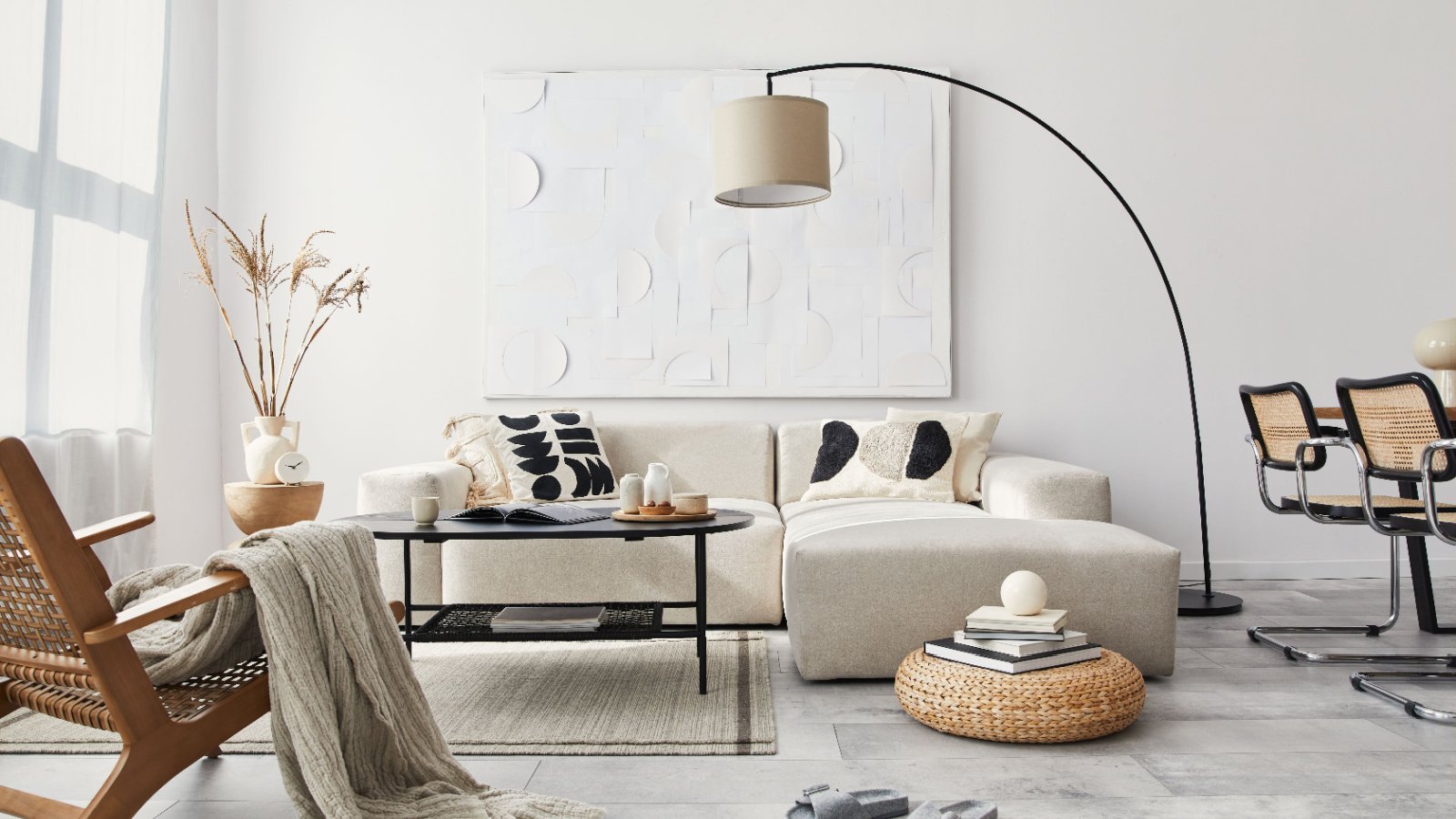
While lighting can dramatically change the feel of a space, fixtures that reflect eclectic personal taste more than universal appeal can be off-putting. Simplistic designs tend to attract more buyers, making lavish lighting upgrades a potentially poor investment.
Custom Amenity Rooms

Wine cellars and saunas offer unique features but can limit your home’s market appeal. Not every buyer will see the value in these specialized spaces, making them a risky investment. Functional improvements generally yield better returns.
Trendy Tile Work

Trendy tile work can quickly become dated. Opting for classic neutral designs and patterns ensures longevity and broad appeal. It’s better to avoid fads that may not stand the test of time in home décor.
Elaborate Deck Builds

While outdoor living spaces are desirable, extravagant decks can exceed the value they add to your home. Simple, well-constructed decks are more likely to recoup their costs. It’s important to match the scale and style of outdoor spaces to the home and neighborhood.
Specialized Office Spaces

With more people working from home, a designated office is valuable, but over-customizing it can deter buyers. Keeping such spaces versatile as potential bedrooms or dens can appeal to a broader audience. Flexibility in home design is more valuable than ever.
Energy-Efficient Windows (Overdoing It)
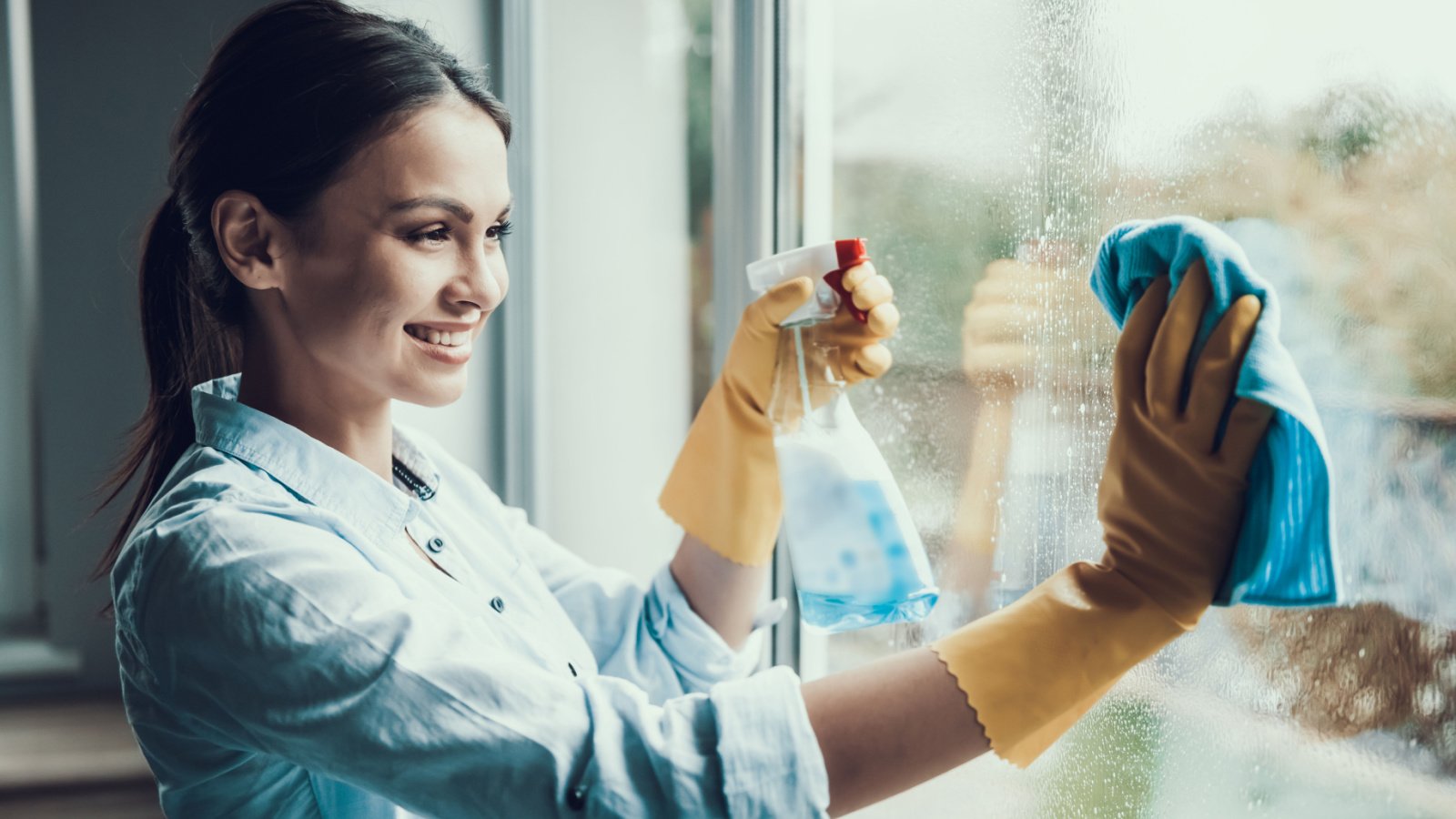
Energy-efficient windows offer energy savings, but there’s a point of diminishing returns. The initial investment can be high, and not all buyers will value this upgrade equally. It’s important to weigh the cost against potential energy savings and an increase in home value.
Luxury Bathrooms
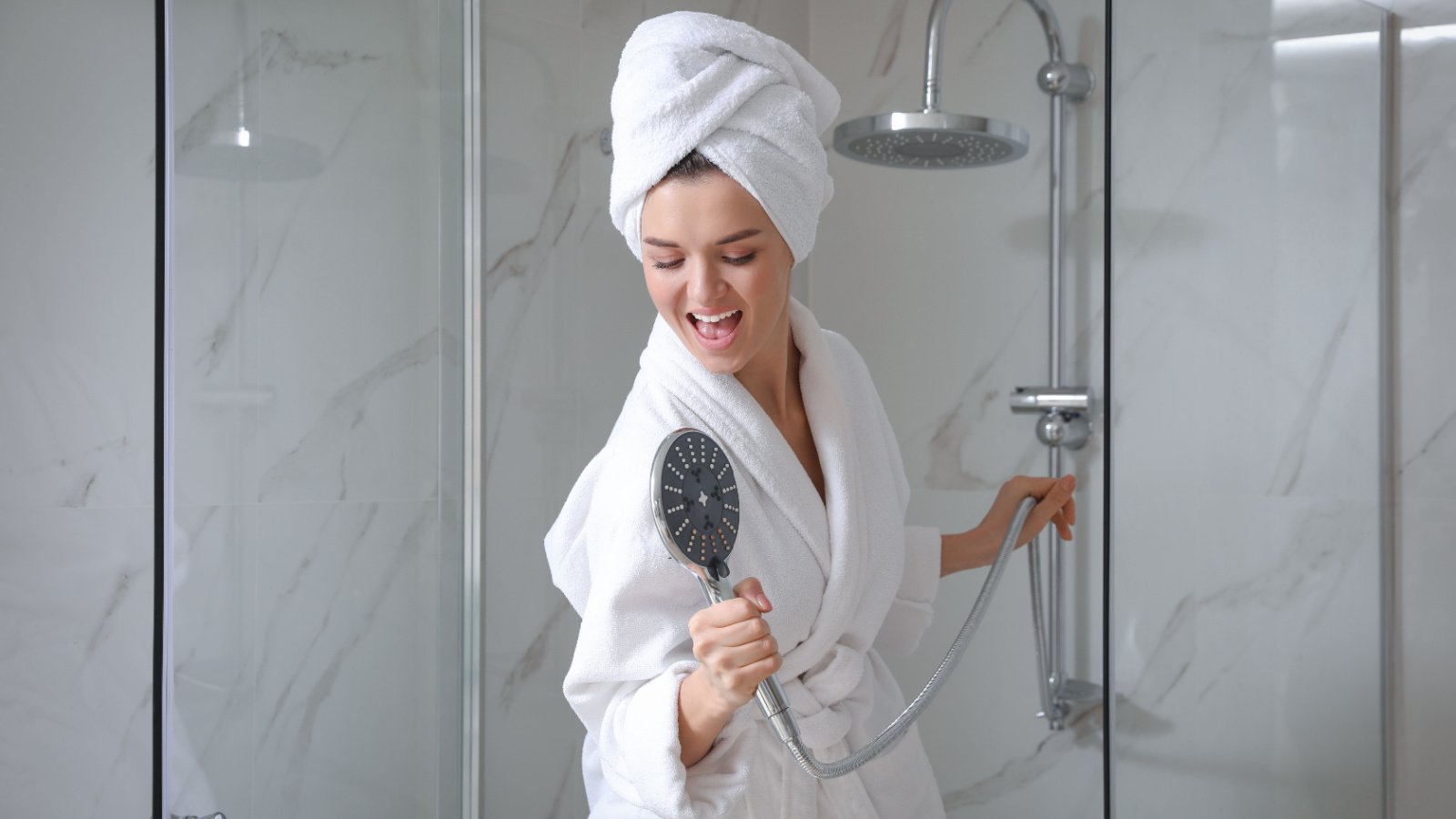
High-end bathroom fixtures and finishes can seem like a surefire way to add value. However, the costs can quickly spiral, and not all buyers will pay a premium for these upgrades. Focusing on refreshing the space rather than a full luxury overhaul can be more cost-effective.
Bold Paint Colors

Bright orange and red walls might not appeal to the average buyer. Neutral colors tend to be a safer bet, making spaces appear larger and more inviting. It’s best to save those vibrant hues for removable décor rather than permanent features.



